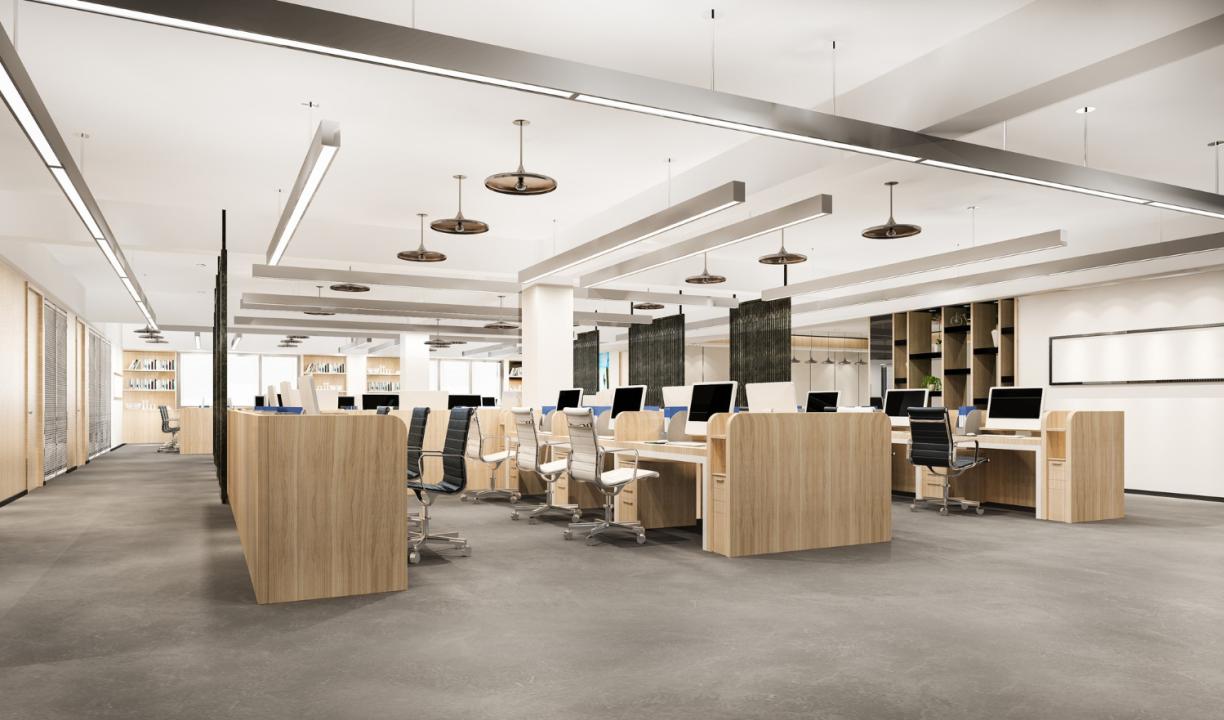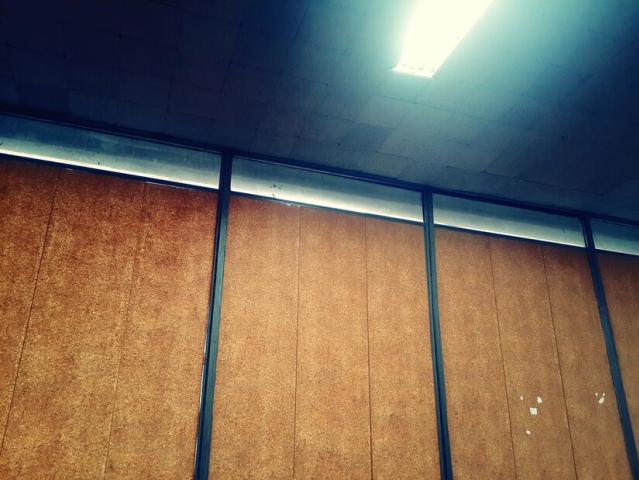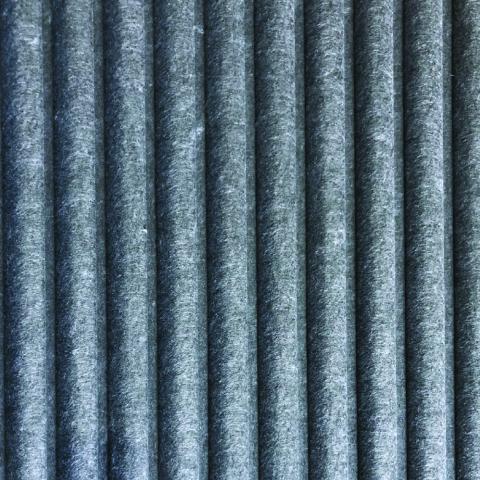In contemporary design, where open-plan spaces, high ceilings, and glass partitions dominate architectural preferences, managing sound effectively without compromising visual appeal has become both an art and a science. Enter Custom Wooden Acoustic Panels—a refined solution that strikes a delicate balance between sound control, natural light flow, air circulation, and unmistakable aesthetic elegance.
The modern workspace or public interior is no longer just a functional environment. It's a sensory experience. Architects and designers are increasingly being tasked with creating spaces that sound as good as they look. This shift has opened the doors for the resurgence of Acoustic Wood Panels, but not just any kind—custom-designed, performance-driven solutions that embrace the beauty of wood while tackling the technical challenges of acoustics.
Evolving Role of Wooden Acoustic Design
Wood has always had a place in interiors—valued for its warmth, texture, and versatility. Today, it’s being engineered with acoustic properties to offer more than just surface appeal. Wood Acoustic Paneling is no longer confined to theatres, auditoriums, or recording studios. It’s becoming a statement feature in boardrooms, hospitality spaces, lobbies, and even luxury residences. But what's shifting the narrative is the custom element.
Wooden Acoustic Panels can now be tailored in ways that extend far beyond size or color. Designers can influence patterns, perforation ratios, slat spacing, veneer finishes, core materials, and even integration with lighting or HVAC systems. It’s this customization that allows panels to be both functional and transformative, seamlessly becoming part of a space’s language rather than an acoustic afterthought.
Light, Air & Sound: A Three-Way Dialogue
Traditionally, soundproofing or acoustic treatments were perceived to be bulky or obstructive. But custom Acoustic Boards made from wood are changing that perception.
One of the most compelling aspects of today’s Wood Acoustic Paneling is how it interacts with light. Whether it’s the soft reflection of natural daylight on wood grains or the interplay of shadows through slatted panels, these materials bring dimensionality and softness to a space. Designers are using slat spacing and perforation design to allow light to pass through in controlled ways—maintaining brightness without sacrificing privacy or sound control.
Equally important is airflow. HVAC compatibility is an unsung hero in acoustic design. With custom Wooden Acoustic Panels, airflow can be preserved without compromising the acoustic envelope. Strategic perforations and engineered backing materials allow panels to contribute to the room’s ventilation dynamics, ensuring comfort alongside clarity.
In this three-way dialogue of light, air, and sound, wood panels serve as intelligent mediators. They add tactility, rhythm, and acoustic performance, all while breathing with the building—literally and visually.
Material Meets Intent: The Art of Customization
Customization is no longer a luxury—it’s a necessity. The demand for high-performance, design-driven acoustics is pushing manufacturers and fabricators to rethink the capabilities of Acoustic Wood Panels.
From selecting sustainable wood species to experimenting with micro-perforations or even CNC-cut geometric designs, designers now have unprecedented freedom. Veneers can mimic exotic finishes, fire-retardant cores can be hidden behind crafted surfaces, and installation systems can be modular, concealed, or magnetic—depending on the space’s requirements.
Moreover, these panels are not only defined by how they look but also by how they perform across a range of frequencies. While it's easy to get lost in the visual charm of Wood Acoustic Paneling, beneath the surface lies an intricate acoustic story—one of density, spacing, and resonance.
Aesthetic Strategy, Not Just a Surface Treatment
There’s a profound difference between decorating a space and designing it to speak. Wooden Acoustic Panels do the latter. They don’t just sit quietly on the walls; they enhance voice clarity in meetings, reduce noise fatigue in open-plan layouts, and elevate the emotional tone of a room.
Take, for example, a corporate setting where brand personality is subtly communicated through every material choice. Here, a customized panel might feature the company’s logo embossed subtly within the slatted design or reflect brand colors through tinted wood stains. In boutique hotels, Acoustic Boards might serve as room dividers, art walls, or even sculptural ceilings that pull light and sound into a cohesive sensory experience.
In essence, these panels offer more than absorption—they offer storytelling. Every groove, slat, and cut becomes part of the visual and acoustic identity of the space.
Sustainability & Sensibility
There’s also a growing consciousness around the sustainability of acoustic solutions. As clients and designers alike lean into eco-sensitive approaches, Acoustic Wood Panels made from responsibly sourced timber or recycled composite cores are being favored. Not only do they support greener building certifications, but they also appeal to a generation of users who value design with intent.
Additionally, unlike synthetic acoustic solutions, wood ages gracefully. Its surface develops character over time, making it not just a passive building material but a living element within the architectural narrative.
Conclusion
The future of Wood Acoustic Paneling lies in collaboration—between designers, fabricators, acoustic consultants, and clients. The most successful spaces will be those where every panel is considered not just for its NRC rating, but for its contribution to light quality, air comfort, and visual poetry.
Wooden Acoustic Panels are fast becoming the unsung heroes of modern design—quietly powerful, deeply expressive, and infinitely adaptable. As the demand for high-performing interiors grows, the conversation is no longer about choosing between functionality and beauty. With custom Acoustic Boards, you get both—and then some.














